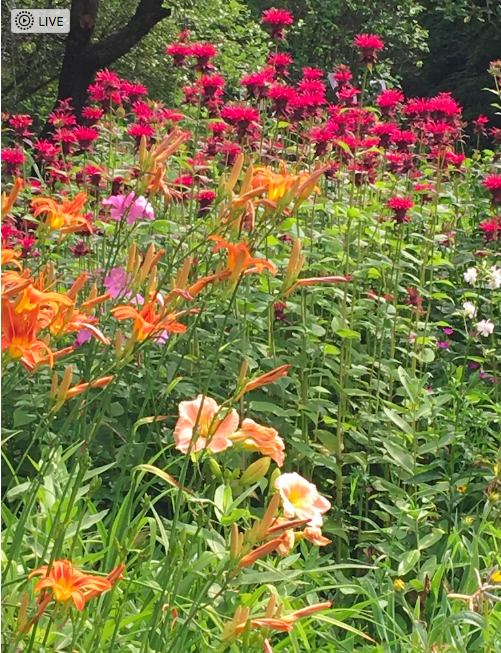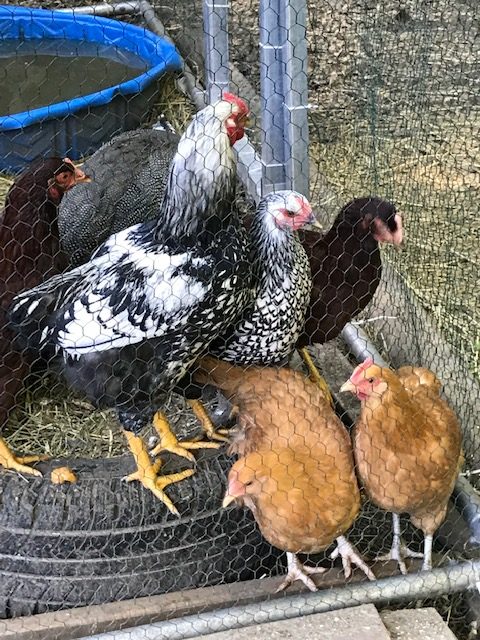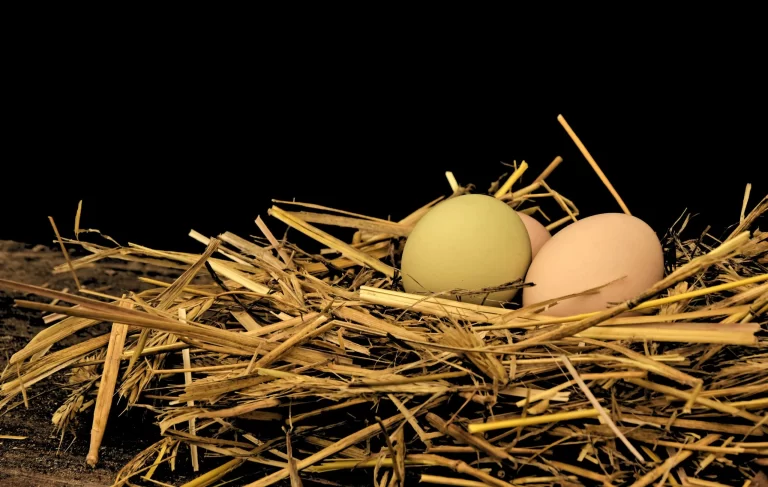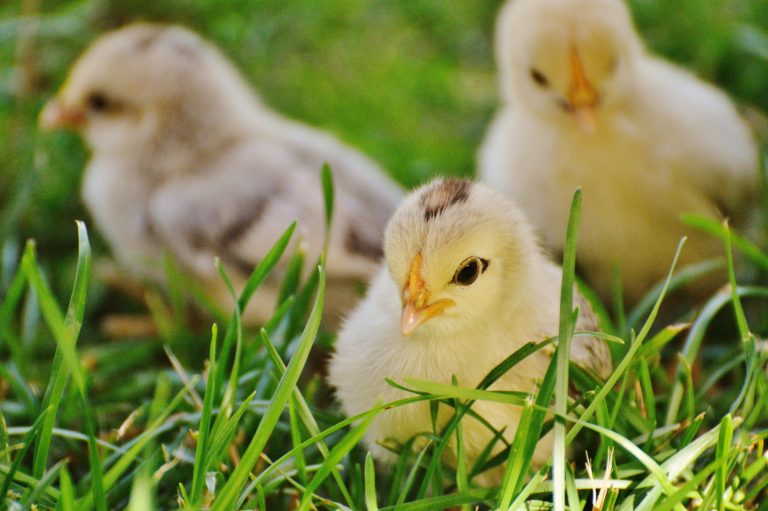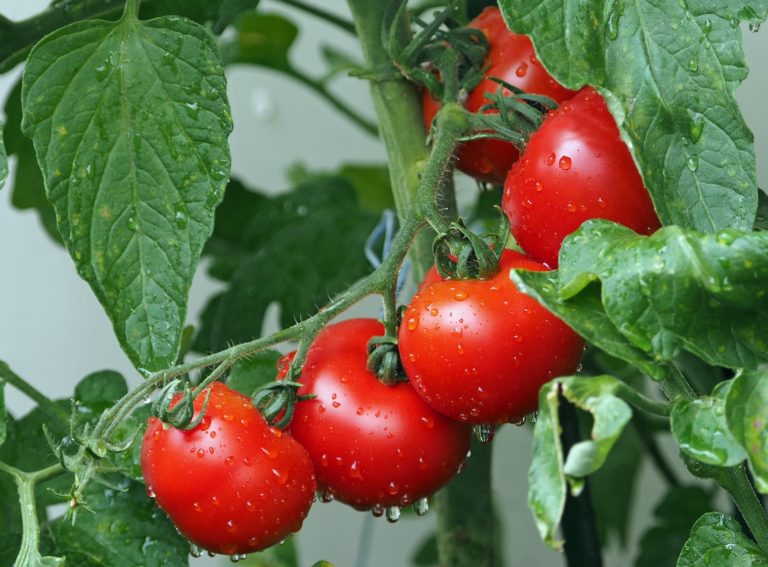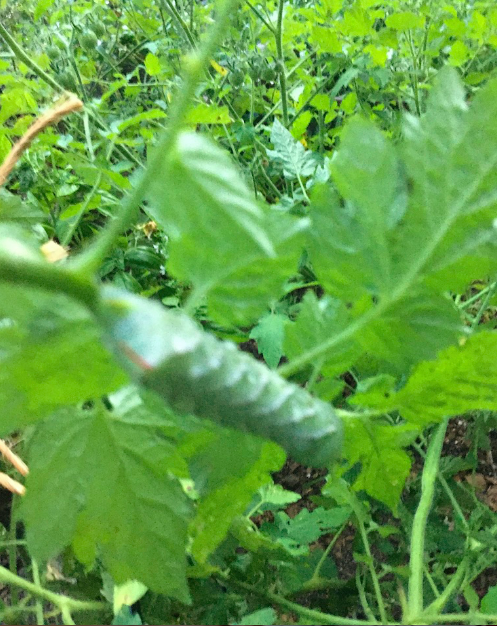Invasive plants I love
(This post may contain affiliate links. See the full affiliate disclosure here for more info.)
I’ve come to learn that there are some good invasive plants.
But, when you think about invasive plants, you probably think of plants that choke out other plants, especially native species or those that are harmful to the environment or the delicate balance of nature.
Invasive plant species that overtake natural areas are especially damaging.
But, some invasive plants can be a joy to have in your yard and garden and can be put to good use.
Here are 7 invasive plants that deserve a second look.
How would you want good invasive plants?
- Groundcover. We plant only white clover when we need to plant grass. Clover spreads, it doesn’t grow tall (i.e., it doesn’t need mowing as often), and it enriches the soil. It is more expensive than grass seed but I think the benefits far exceed the disadvantages.
- Fill-in plants. Good examples of plants that will rapidly form their own beautiful bed are daylilies, lilies of the valley, and bee balm, a member of the mint family. All of these will take over the space and produce beautiful flowers with very little maintenance year after year.
- Multiply edibles. Members of the mint family are probably the most famous in this group and include all mint, catnip, oregano, lavender, thyme, and others. If making edibles, whether jelly, dried herbs, or infusions from these herbs, you can practically have an endless supply for free. That’s not so bad, is it?
- Less planting/less weeding. Spreading perennials mean no money wasted on annuals and a garden that fills in more every year will less planting and less wedding.
What you need to know before planting these plants
As in their name, these plants will take over wherever they’re planted. You will have trouble getting rid of them.
Planting these in containers will help to contain invasive plants, as will sinking a deep (very deep) border around them. You can mow them to keep invasives within the space intended, but that means you can’t use the space for other plants.
Because they’re hard to stop, you can pick them up cheaply when people are trying to get them out of their garden.
Some of these plants attract butterflies, hummingbirds, and other pollinators, providing benefits beyond the beautiful color or food they provide.
My favorite invasive plants
My flower garden is my refuge, therapy, and pride.
In the ultimate in easy gardening, my flower beds contain many invasive plants. I love the English cottage garden look they bring and how they fill in to cut my weeding time.
It’s an important place in my life where I find my easy.
These are perennials—helping to save money and effort by coming back year after year to fill my garden with color (and fewer weeds). As the years go by, the effect increases and the work decreases.
Take another look at these. Choose the spot where you plant them carefully and you’ll be unexpectedly delighted, too.
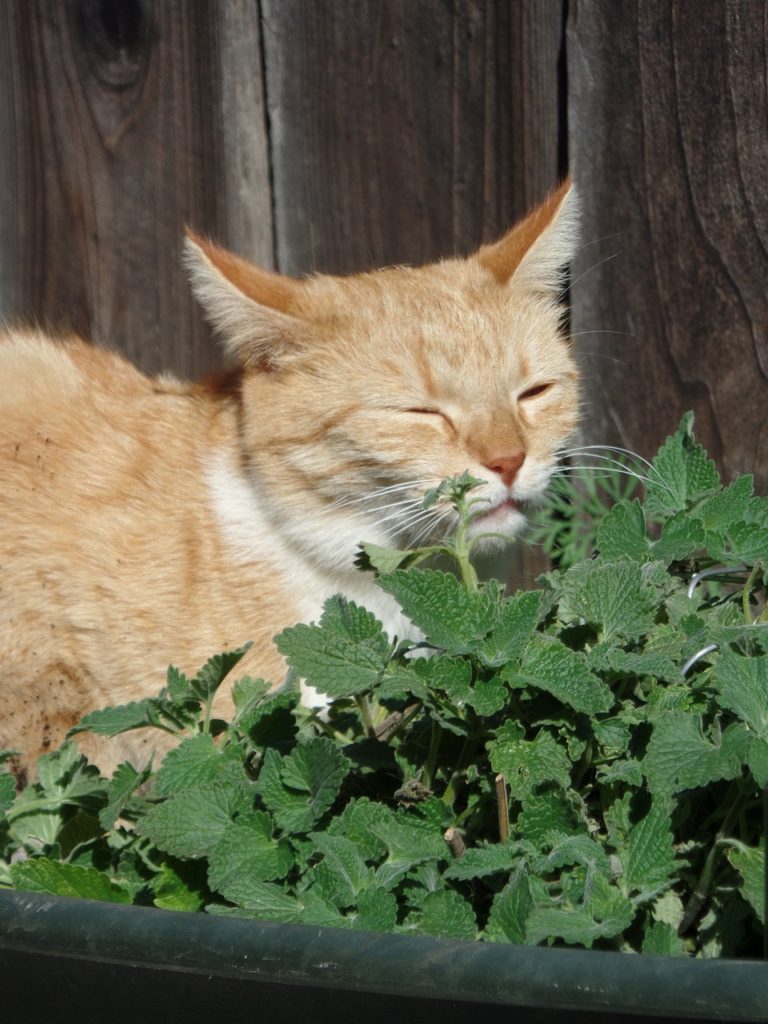
- Mint
- I adore mint. Nothing says summer to me like mint in my iced tea or mojito. And most of my favorite cooking herbs like oregano, peppermint, spearmint, thyme, marjoram, basil, and sage are in this family, although that aren’t all perennials where I live.
- Not to mention, my kitty’s favorite recreational herb, catmint, AKA catnip.
- Bee balm
- Technically, this is in the mint family, but since it’s in my flower garden, it’s getting a listing of its own.
- My bee balm is red but I’ve also seen purple bee balm.
- As the name implies, this perennial beauty will self-seed and take over but will bring bees, butterflies, and hummingbirds to your garden.

- Rhubarb
- I always have more ideas for rhubarb than I have plants. Try the best rhubarb custard pie ever.

- I always have more ideas for rhubarb than I have plants. Try the best rhubarb custard pie ever.
- Daylilies
- Daylilies border my house and say “Happy 4th of July” every year. After the blooms are gone, the hedge of green fronds is still a pretty border. Yes, they spread, which, for me is a good thing. They fill in blank spaces and the borders are easily mowed to contain the plants.
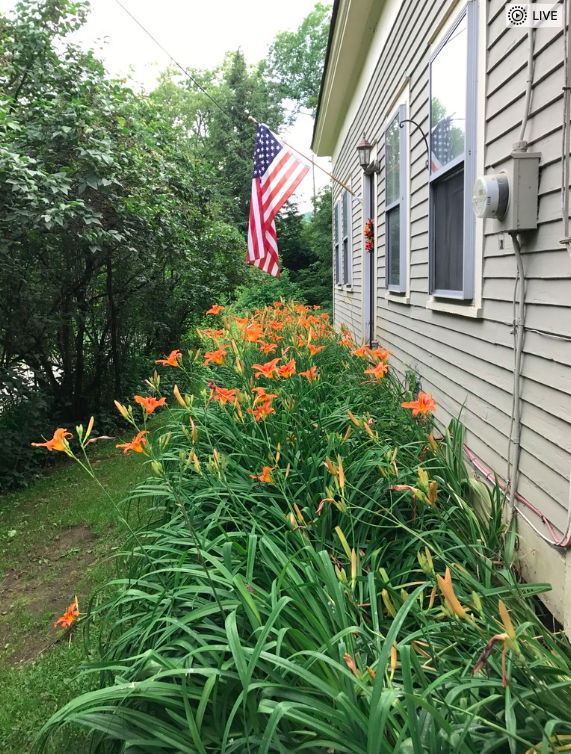
- Milkweed
- All those beautiful wispy seeds flying from milkweed pods self-seed and can quickly overtake your garden.
- But I let milkweed grow and naturalize in the field.
- Milkweed plants are very important to Monarch butterflies. The leaves are their only source of food and we need to be sure this is always readily available to sustain the Monarch population.
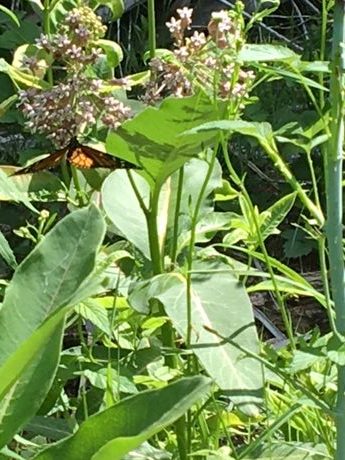
- Dandelions
- Where we live, dandelions bloom just before the lawn really needs mowing. But even before then, the green plants are evident on the lawn. We don’t try to kill the weeds in our lawn. Once mowed, it all looks pretty and green. A simple and easy attitude that saves time and effort—and can yield greens for dinner!
- My grandmother used to take a small paring knife and plunge it into the earth near the roots and pull the entire young plant. After washing well, she’d cut off the roots and boil the greens for a side dish for dinner. They are bitter and benefit from sauteeing in bacon. Yum! They also add a nice bite when added raw to a fresh, mixed green salad.
- The blooms can be used to make wine. Here’s a dandelion wine recipe.
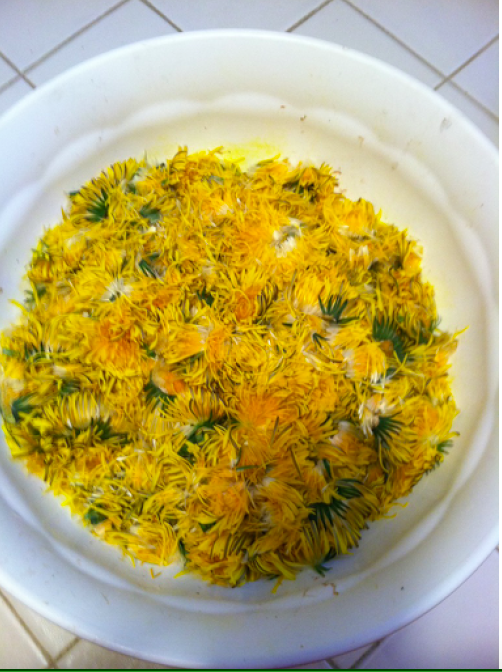
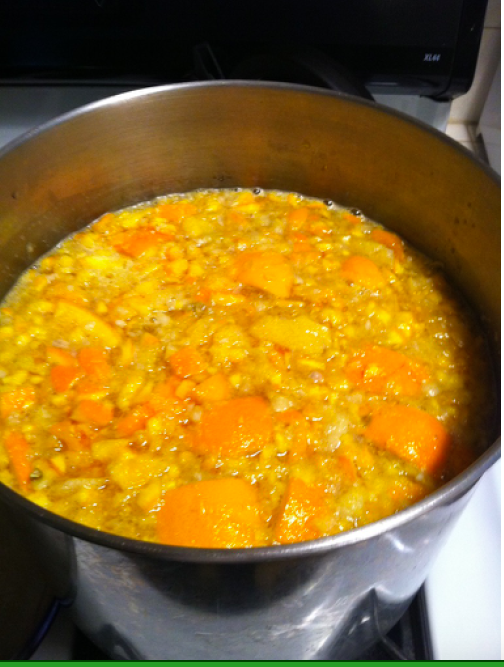
- White clover
- Clover fixes nitrogen, which means it takes nitrogen from the atmosphere and converts it to a form that plants can use, enriching the soil instead of depleting it.
- It only grows a few inches high, so if the lawn doesn’t get mowed, it still looks (fairly) trim and green.
- A clover lawn retains moisture and doesn’t need watering. It stays green when grass will die.
- Because it’s invasive, it chokes out other weeds. Bonus!
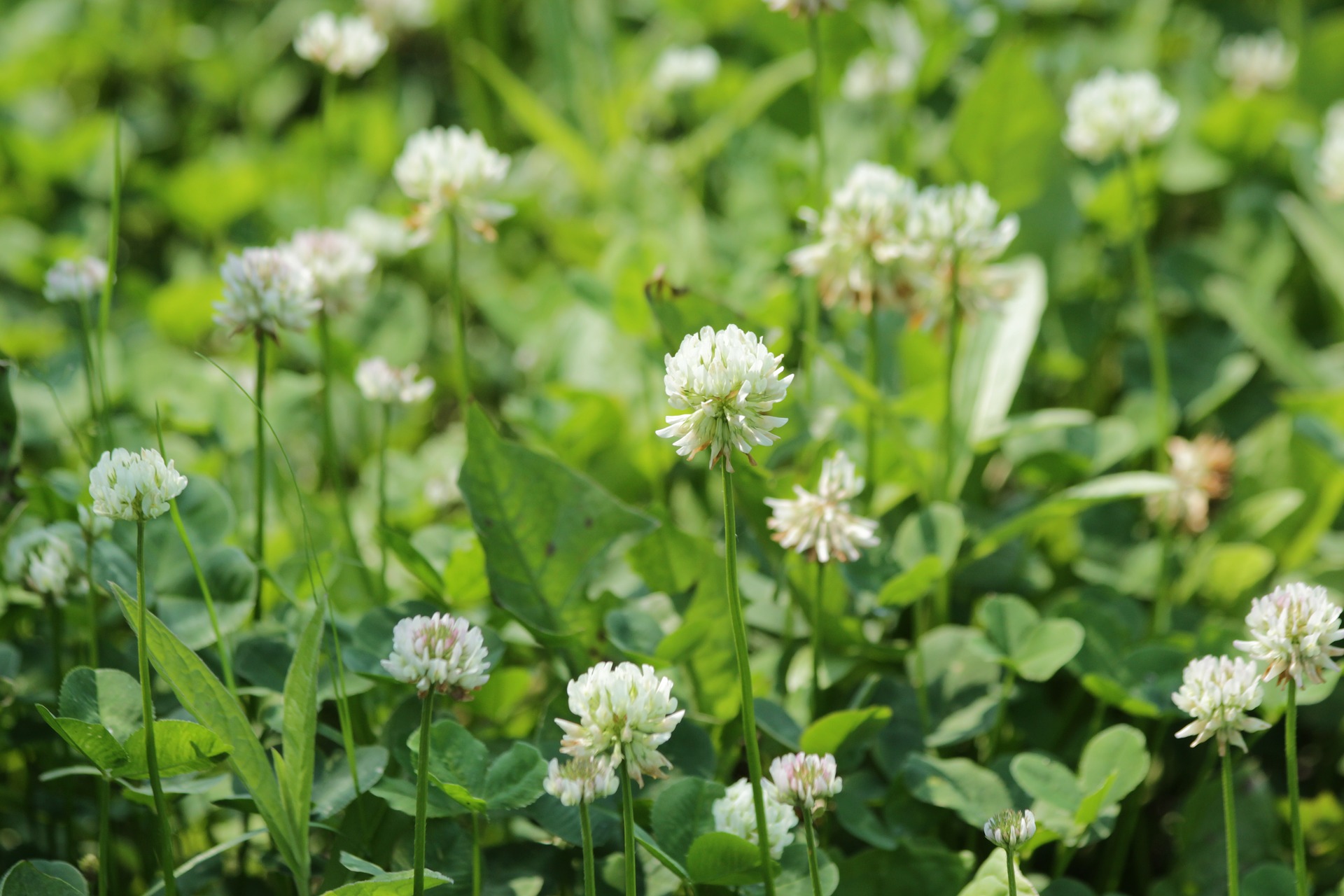
What’s your favorite invasive plant and why?
Leave a comment, letting me know your favorite invasive plant and why and I’ll add it to the list!


